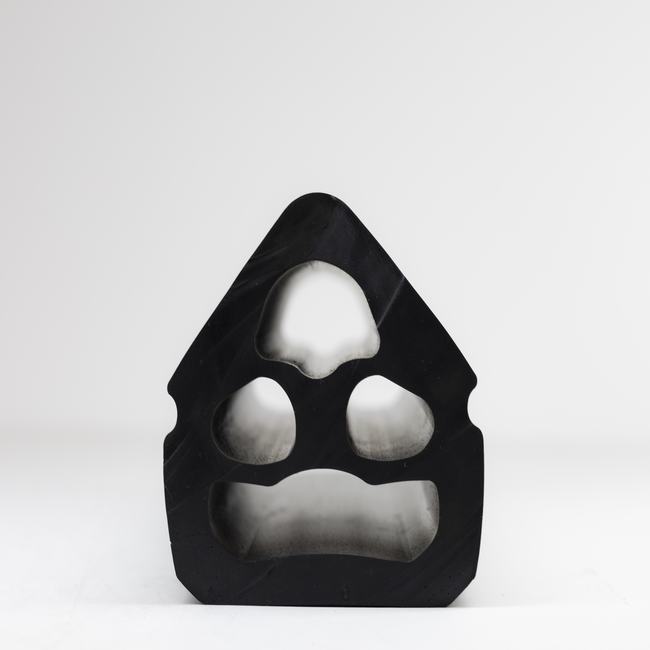“Ship seals” can refer to several different components or systems on a ship, depending on the context. Ships are complex vessels with various sealing requirements to maintain their safety, integrity, and functionality. Here are some common types of seals and their functions on ships:
**1. *Hull Seals (Watertight and Weathertight Seals):* These are essential to prevent water from entering the ship’s hull, ensuring its buoyancy and safety. Watertight seals are designed to withstand water pressure and are typically found on bulkheads, hatches, and doors. Weathertight seals are used to keep out rain and seawater spray.
**2. *Shaft Seals:* In ships with propulsion systems that use a propeller shaft, shaft seals are used to prevent seawater from entering the ship’s engine room through the opening where the shaft passes through the hull. Common types include lip seals and mechanical face seals.
**3. *Cargo Seals:* On cargo vessels, especially those carrying liquid or gas cargo, cargo seals are crucial for maintaining the integrity of the cargo containment system. They prevent leakage of hazardous or valuable cargo.
**4. *Hatch Seals:* These seals are used to ensure the weathertight or watertight integrity of cargo hatches on cargo ships. Proper hatch sealing is essential to protect cargo from moisture and seawater.
**5. *Valve Seals:* Ships have numerous valves for controlling the flow of fluids, including seawater, fuel, and chemicals. Proper sealing of these valves is crucial to prevent leaks and maintain system integrity.
**6. *Gland Seals:* Gland seals are used in equipment such as pumps and compressors to prevent the escape of fluids and gases. These seals help maintain the efficiency of shipboard systems.
**7. *Bulkhead Seals:* Bulkheads are essential for compartmentalizing the ship. Seals on bulkheads ensure that in the event of damage to one compartment (e.g., due to collision or grounding), water does not flow freely throughout the ship, potentially causing it to sink.
**8. *Deck Seals:* These are used in openings on the ship’s deck, such as cable or pipe penetrations. They help maintain the integrity of the deck structure and prevent water ingress.
**9. *Lifeboat Hatch Seals:* On lifeboats and life rafts, watertight seals are crucial to ensure that the vessel remains afloat and safe for occupants in case of an emergency.
**10. *Scuttle and Portlight Seals:* Scuttles and portlights are small openings in the ship’s hull. Seals around these openings prevent water from entering the ship, especially in rough seas.
The effectiveness and maintenance of these seals are essential for the safety, efficiency, and environmental impact of the ship. Regular inspections, maintenance, and testing are conducted to ensure that ship seals remain in good condition and function as intended. Proper sealing is a fundamental aspect of maritime safety and operational reliability.






